The "offseason" marks a time of year for athletes to work on certain aspects of their game. Football players hit the gym to add strength and size. Basketball players work on improving their shot and their hops. Baseball pitchers hone their curveball while fielders focus on executing a 5-4-3 double play.
For bodybuilders, it's a different story. The offseason is quite simply about gaining bulk.
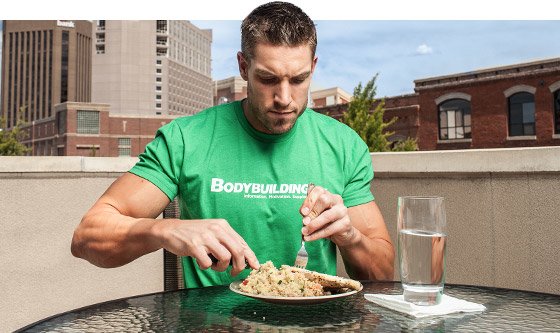
{{caption}}
It's fitting that the time of year—namely, winter—corresponds with wearing more clothing. That's because much of that mass gain is marbled—equal parts muscle and fat. Whether you compete or not, putting on considerable size (and strength) is oftentimes marked by the month on the calendar. Not so surprisingly, when the weather turns warmer, our thoughts turn to ripping up all that new mass. That's when diets start to tighten up, cardio becomes mandatory, and workouts emphasize the beach muscles a bit more heavily.
But let's not get too far ahead of ourselves. We're still in the midst of winter, and despite what the groundhog may have said last month, we've got a ways to go. But times have changed, and nowhere is that more obvious than in how lifters approach their offseason bulking cycle. The fact is, today's bodybuilder takes a completely different approach to gaining size in the offseason than they did a decade or two ago.
That has ramifications far beyond the extra 5-10 pounds you may see on your physique a year from now; it also impacts your health, food choices, strategies for dieting down, and most importantly, how you look—not just in 12 months, but for the 52 weeks in between.
The difference can be summed up in your nutritional approach to gaining mass: a clean bulk versus what's called a dirty bulk. We've enlisted Craig Stevenson, vice president of marketing at iSatori, to help explain the difference and how bodybuilders today have completely overhauled their approach to gaining mass in the offseason.
Getting adequate calories and protein to grow is the ultimate challenge! A quality gainer can be the game-changer that finally makes the scale go up.
The Dirty Bulk
The science of offseason bulking was never really a science at all until recently, according to Stevenson. "I think it goes back to the '70s and '80s, when it was thought that the more calories [consumed] the merrier," he says. "Some called it the See-Food Diet—you eat anything and everything you see. It was thought you had to have that surplus of calories to be in an anabolic state. To an extent, that was true."
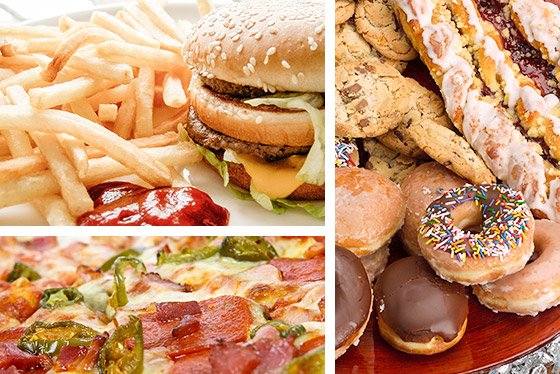
{{caption}}
The focus on the dirty bulk, says Stevenson, was simply on consuming as much food as possible, rather than on the quality of the nutrients. That meant that no food was off-limits.
"But at what expense?" he asks. "We're not just talking about looks here, but health. Many of these bodybuilders were technically obese. Body fat levels shot up, as did blood pressure and the risk of cardiovascular disease for many of them. High-sugar diets sowed the seeds for prediabetes and type 2 diabetes, and joints were under greater stress. In short, the body's physiology was being affected in an extreme manner.
"When I competed as a bodybuilder in Canada, I'd pound down 6,000-8,000 calories a day. That's extremely hard to do, not just because of the time involved but the resources as well. On the flipside, when you dieted down from all that excess weight, you'd have to undergo a deep caloric deficit, which meant you were in a very catabolic state. The bottom line with a dirty bulk is that it came with a huge price."
A Better Approach To Bulking
The mindset today is that people are looking more closely at their health, as well as how to stay leaner 11 months out of the year rather than just one month. The clean bulk means consuming healthier foods, and paying attention to what you're eating and when you're eating, not just on the total number of calories. Ultimately, the clean bulk keeps offseason weight closer to ideal weight. Any tightening up that must be done, whether for a competition or just looking good for summer, is far easier.
Stevenson suggests that this change to how bodybuilders approach bulking coincides with the popularity of physique contests, a sport that's still in its infancy.
"More and more guys are doing physique shows rather than bodybuilding contests," he says. "In our industry, there's a macromovement going on in which people don't want to be out of shape like they did 10-20 years ago; they want that cleaner look. There are additional health benefits of a minor surplus of calories and eating better nutrients. You can see it. Advocates of this approach see their energy levels and their strength levels go up."
Speaking of strength gains, Stevenson points out that modern training techniques that focus on strength building are superior to the techniques of yesteryear. Then, the surplus of calories was the strength stimulus; today, smart training protocols, when carefully executed, can achieve similar or superior results without the need to consume excess calories.

{{caption}}
Offseason bulks require consuming an excess of calories over what you're burning, which helps to promote anabolism. The clean bulk entails a more discriminating approach.
"You need to control the excess or surplus of calories," says Stevenson. "We know you need an excess of calories to increase your weight, but what do those calories consist of? You can take a McDonald's Big Mac and break down the macros and get a certain amount of grams of carbs, proteins, and fats. But is the fat saturated? Is the protein of the highest quality to help you grow and recover? What's on it? A dollop of mayonnaise doesn't contain the kinds of micronutrients that are going to help your body grow and recover. So we look at it from a standpoint of supplying the right amounts of protein at the right time, the right amounts of carbs at the right time, and even distinguishing between healthy fats and things like trans fats. Clean bulking takes a different look at what's exactly going into your body."
Stevenson recommends that individuals who choose to bulk tip the scales so that they're gaining an excess of about 500 calories—up to 1,000 for hard gainers—more than they burn. Any more than that and you run the risk of packing on weight where you don't want it.
One of the biggest upsides to clean bulking involves the dieting-down process. With a dirty bulk, you're way over your target body weight, and it can take upward of 16 weeks or more to strip off the excess body fat.
"It's more difficult in general to diet down from dirty bulk," says Stevenson. "It may require an individual to lose three, five, or seven pounds a week, and the caloric deficit that accompanies it means you'll pay a steep price in terms of loss of muscle mass."
Stevenson, who once tipped the offseason scales at 254 pounds at a height of 5-foot-10, argues that a clean offseason bulk means keeping closer tabs on the foods and supplements you consume. Gains may come more slowly, but they're mainly muscle, and there's less to diet off, he says. (See the Clean Bulk vs. Dirty Bulk Daily Meal Plan at the end of this article.)
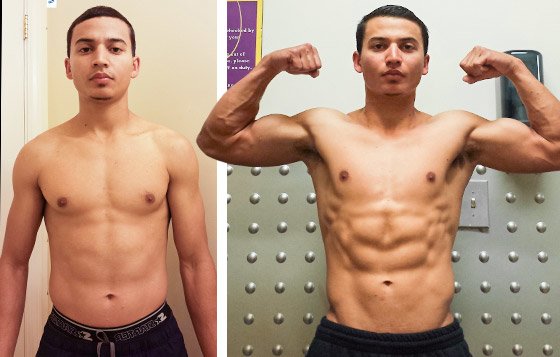
{{caption}}
With a more careful eye on the overall offseason diet, little wonder that people are paying more attention to cheat meals. "People aren't cheating the same way, as an all-or-nothing meal," adds Stevenson. "People in a bulking phase make allowances for some kinds of less-healthy foods, but just a little bit. That's a better way to sustain a diet over the long term. Eating your caloric maintenance plus 500 calories can have a little ice cream in it, sure. But if you're eating ice cream four times a day to reach your caloric goal, then you may overshoot your calories and get into dirty bulking."
Supplements are much better than they were decades ago, he says. This makes it easier for bodybuilders and others to control the quality of their nutrients.
How do you measure success when following a clean bulk? "It may be the mirror, it may be a scale, and it even may be entering a contest—it depends on the individual," he says. "I recommend going by how do you feel. Do you feel and look the way you want to? Can you do things you want to outside of bodybuilding and lifting?"
iSatori's recent Hyper Growth Challenge yielded two winners who embody the principles of the clean bulk. Jose Molina entered at 130 pounds, with 7 percent body fat, and eight weeks later stood at 135 pounds with 5 percent body fat. Another, Wes Bouillion, gained a whopping 15 pounds of lean mass over the same stretch.
Training Considerations
While the concept of clean versus dirty bulking is really one that's about differing nutritional approaches, Stevenson offers a few recommendations on how you should set up your training to maximize offseason gains.
He suggests an offseason bulk be high in volume and heavy in multijoint foundation movements like squats, deadlifts, and presses.
Don't speed between-set recovery time, which will inhibit gains. Nor should you expect success if you're training fewer than five times a week.
"You always have to push your body so that it continues to adapt," he advises.
Clean Bulk Vs. Dirty Bulk Daily Meal Plan
This meal plan is based on a person who is 200-215 pounds and is looking to gain muscle, yet stay lean in the process.
Clean Bulk
 Eggs
Eggs
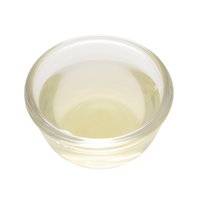 Egg Whites
Egg Whites
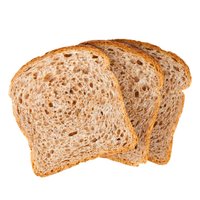 Whole Wheat Bread
(toasted)
Whole Wheat Bread
(toasted)
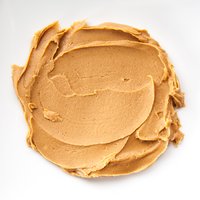 Peanut Butter
(toasted)
Peanut Butter
(toasted)
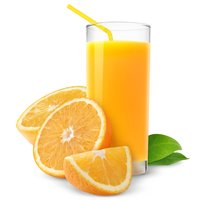 Orange Juice
(toasted)
Orange Juice
(toasted)
 Protein Shake
(gainer)
Protein Shake
(gainer)
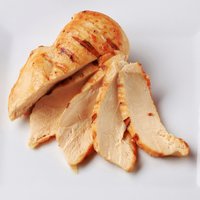 Chicken
Chicken
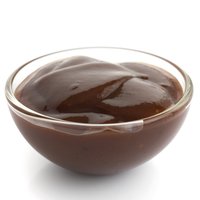 Barbeque Sauce
Barbeque Sauce
 Baked Potato
Baked Potato
 Banana
Banana
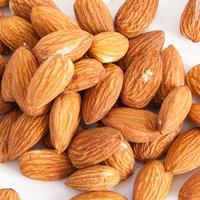 Almonds
Almonds
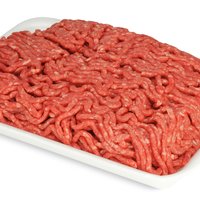 Ground Beef
(extra lean)
Ground Beef
(extra lean)
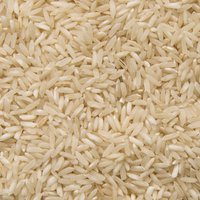 White Rice
(extra lean)
White Rice
(extra lean)
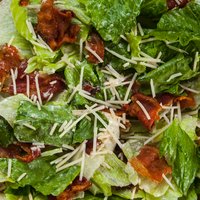 Salad
(small)
Salad
(small)
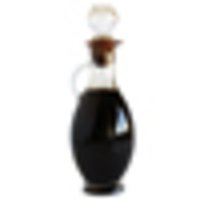 Balsamic Vinaigrette
(small)
Balsamic Vinaigrette
(small)
 Protein Shake
(Gainer)
Protein Shake
(Gainer)
- Daily Total Calories 3,345
- Total Fat 73 g (20%)
- Total Carbs 385 g (47%)
- Protein 272 g (33%)
Dirty Bulk
 Pop Tarts
Pop Tarts
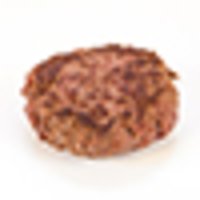 Burger Patty
(Big Mac)
Burger Patty
(Big Mac)
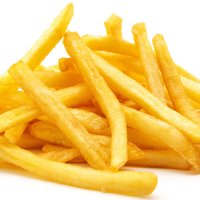 French Fries
French Fries
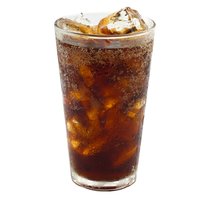 Soda
(Coke)
Soda
(Coke)
 Protein Shake
(weight-gainer)
Protein Shake
(weight-gainer)
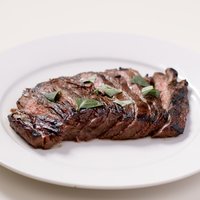 Steak
(t-bone)
Steak
(t-bone)
 Baked Potato
Baked Potato
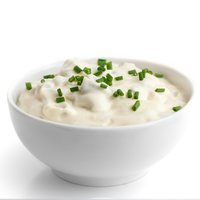 Sour Cream
Sour Cream
- Daily Total Calories 5,458
- Total Fat 207 g (34%)
- Total Carbs 681 g (50%)
- Protein 212 g (15.5%)



